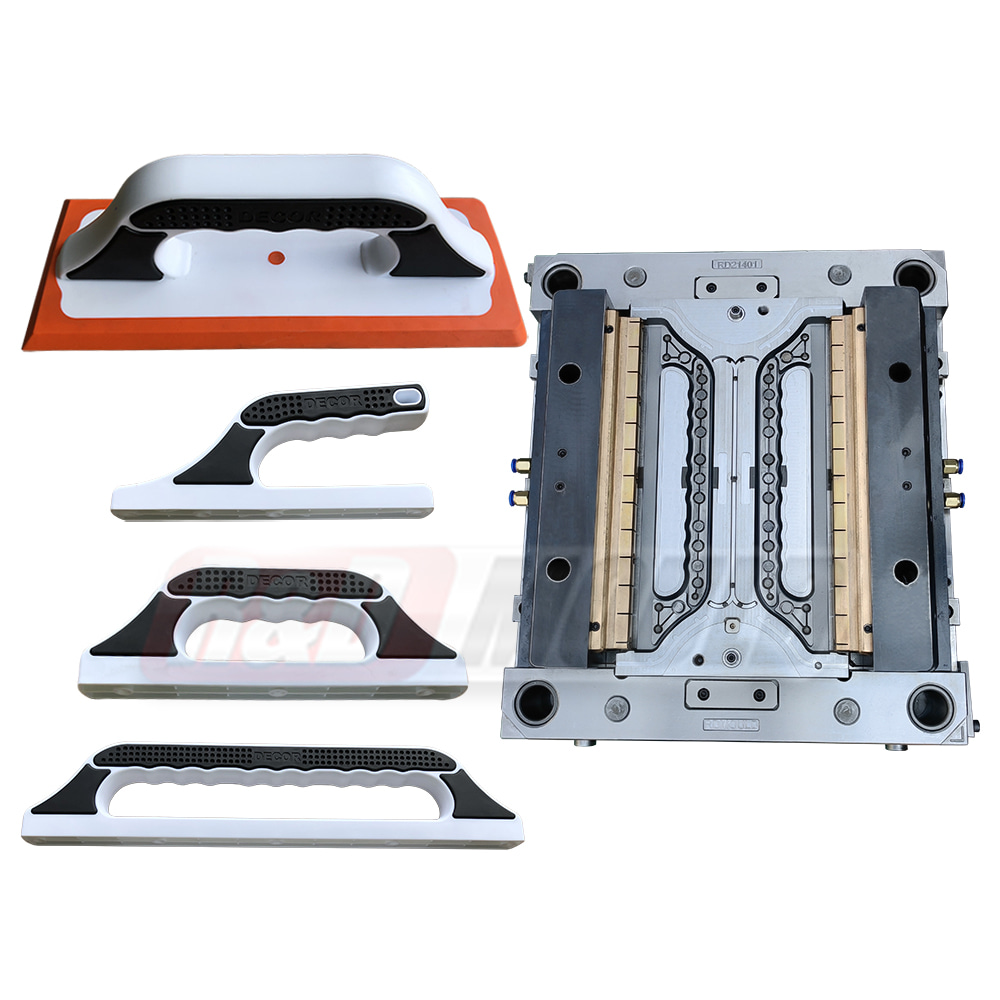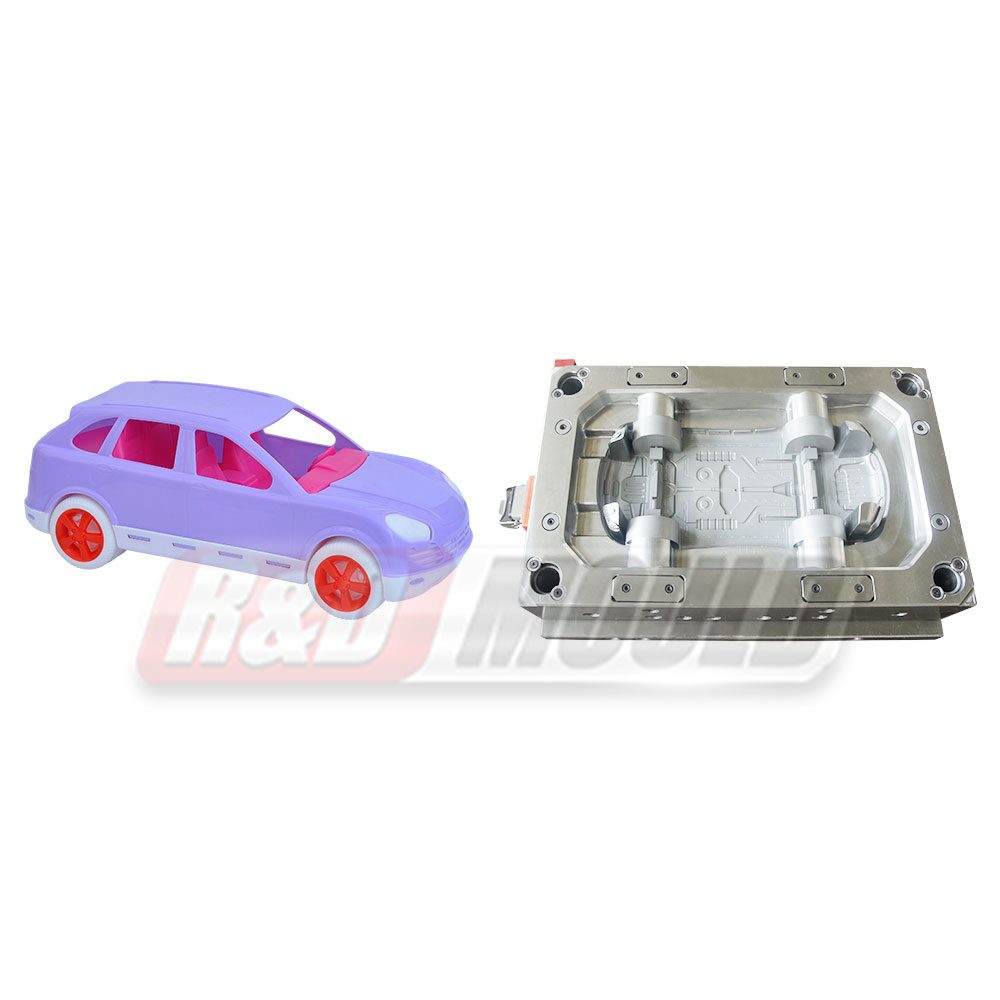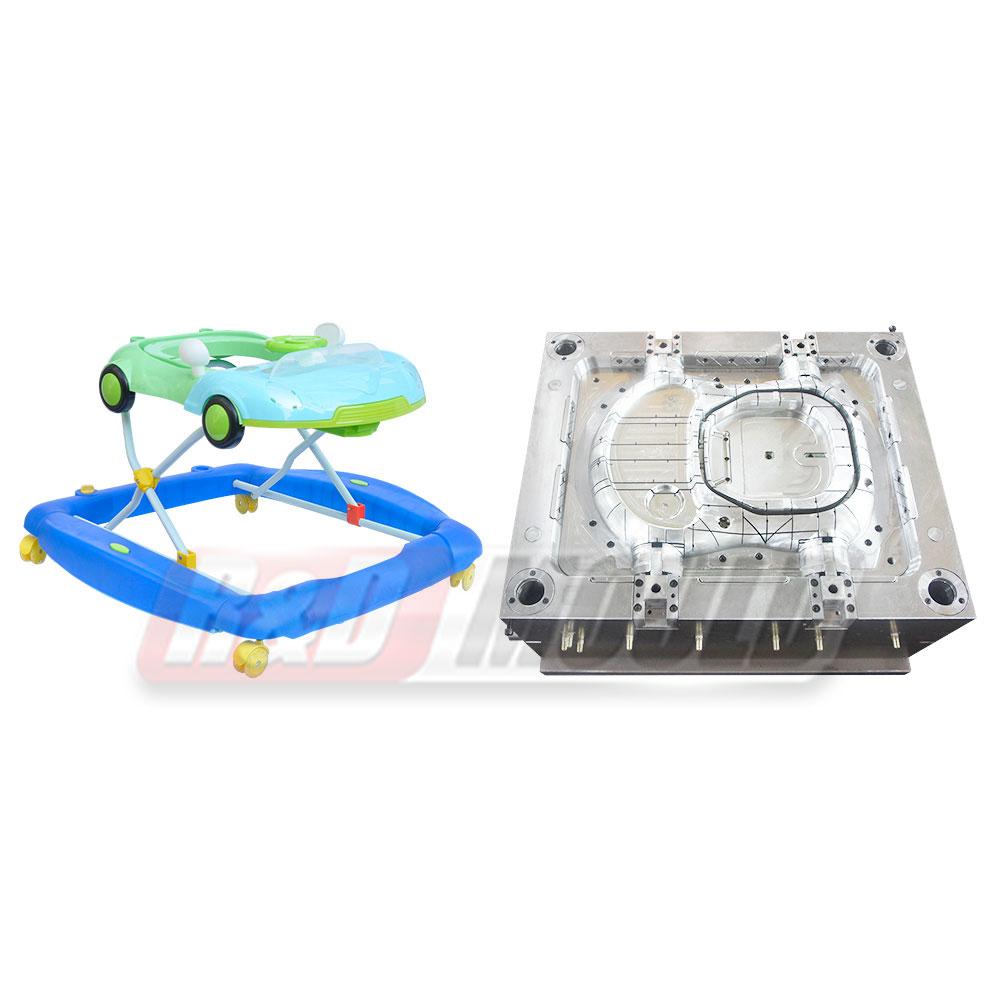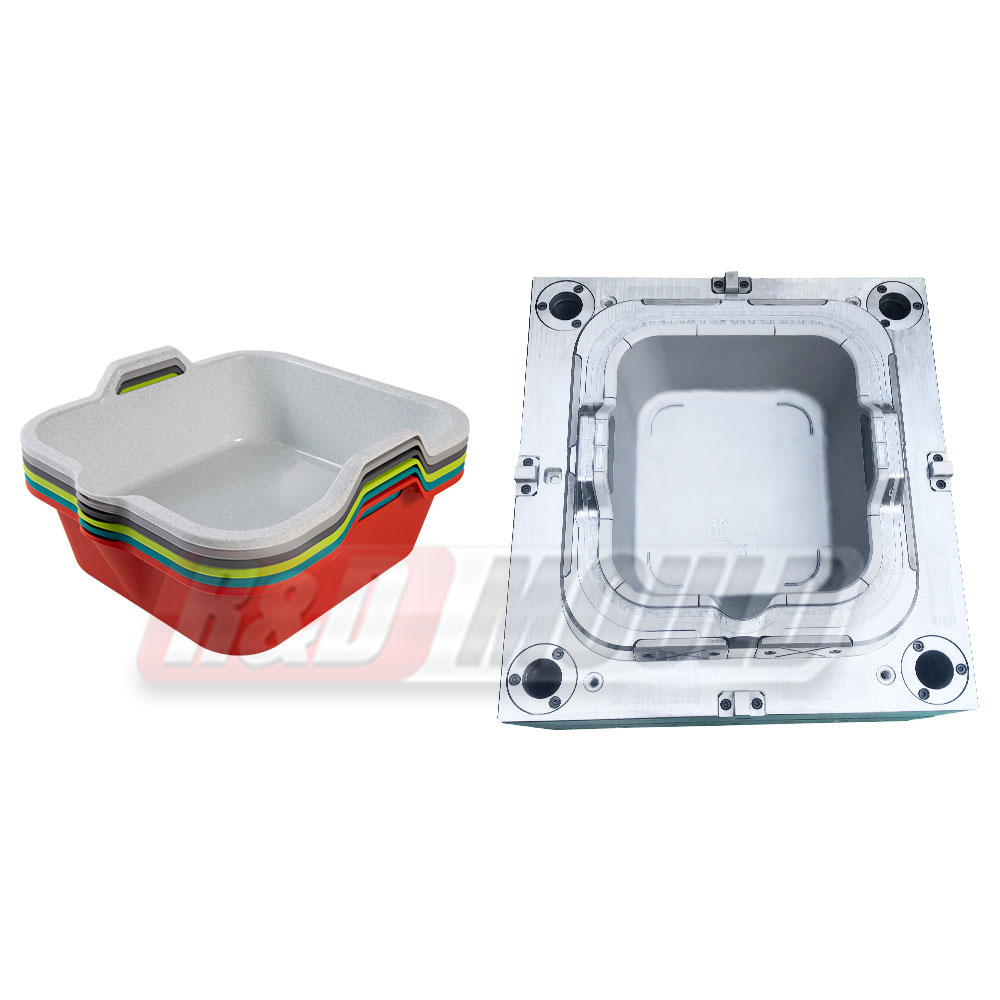The primary function of construction molds is to provide a temporary framework or mold into which concrete or other materials are poured and allowed to set and harden. They are custom-designed structures made from various materials such as wood, steel, aluminum, or plastic, based on the specific requirements of the construction project.
Construction molds are versatile and can be tailored to create an array of structural elements, including columns, beams, slabs, walls, foundations, and even intricate architectural features. They enable builders and contractors to fabricate concrete components of precise dimensions, shapes, and surface finishes, ensuring structural integrity and adherence to architectural designs.
One of the key advantages of construction molds lies in their ability to create uniform, high-quality structural elements consistently. The precise engineering and design of molds ensure that each component is produced according to exact specifications, maintaining consistency and accuracy across the construction project.
These molds contribute significantly to construction efficiency and speed. They allow for rapid assembly and disassembly, facilitating the swift casting of concrete or other materials. Their reusability enables contractors to save time and resources on multiple projects, reducing construction timelines and costs.
The durability and resilience of construction molds are critical factors in ensuring their effectiveness in construction projects. Molds are engineered to withstand the pressures exerted by wet concrete or other materials during pouring and curing processes. Properly maintained molds can endure multiple uses without compromising their structural integrity.
In addition to their primary role in shaping concrete, construction molds contribute to sustainability in construction practices. Reusable molds reduce waste generated from disposable formwork systems, promoting eco-friendly construction methods and reducing the environmental impact of building projects.
advancements in mold materials and technology have led to the development of modular and prefabricated mold systems. These innovative systems enhance efficiency by streamlining assembly processes, reducing labor requirements, and optimizing construction timelines.
construction molds are indispensable tools in the construction industry, enabling the creation of precise, durable, and structurally sound building components. Their versatility, efficiency, customization capabilities, and contribution to construction speed and sustainability underscore their significance in modern building practices. As construction methodologies evolve, construction molds remain integral to shaping the structures that define our urban landscapes and architectural achievements.






 English
English عربى
عربى Español
Español Français
Français








